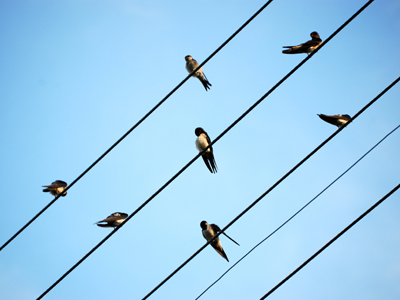

Electricity - The National Grid
Test your knowledge of the National Grid in this GCSE Physics quiz. Electricity is generated in power stations of various kinds - ones that burn fossil fuels, nuclear fuelled power stations, hydroelectric etc. In the early days of electricity generation, it was carried out by companies using small local power stations. If one of these broke down then all of the consumers would be without electricity until it was repaired. Some companies supplied AC and others supplied DC and there was no agreement about what voltage to use.
This changed just after the end of the First World War - in 1919, the government at the time realised that electricity generation and supply needed to be better organised. An Act of Parliament created electricity generating authorities who took over the existing small and inefficient power stations, replacing them with a smaller number of larger ones.
Ready for more?
not all...
quizzers. Try to win a coveted spot on our Hall of Fame Page.






